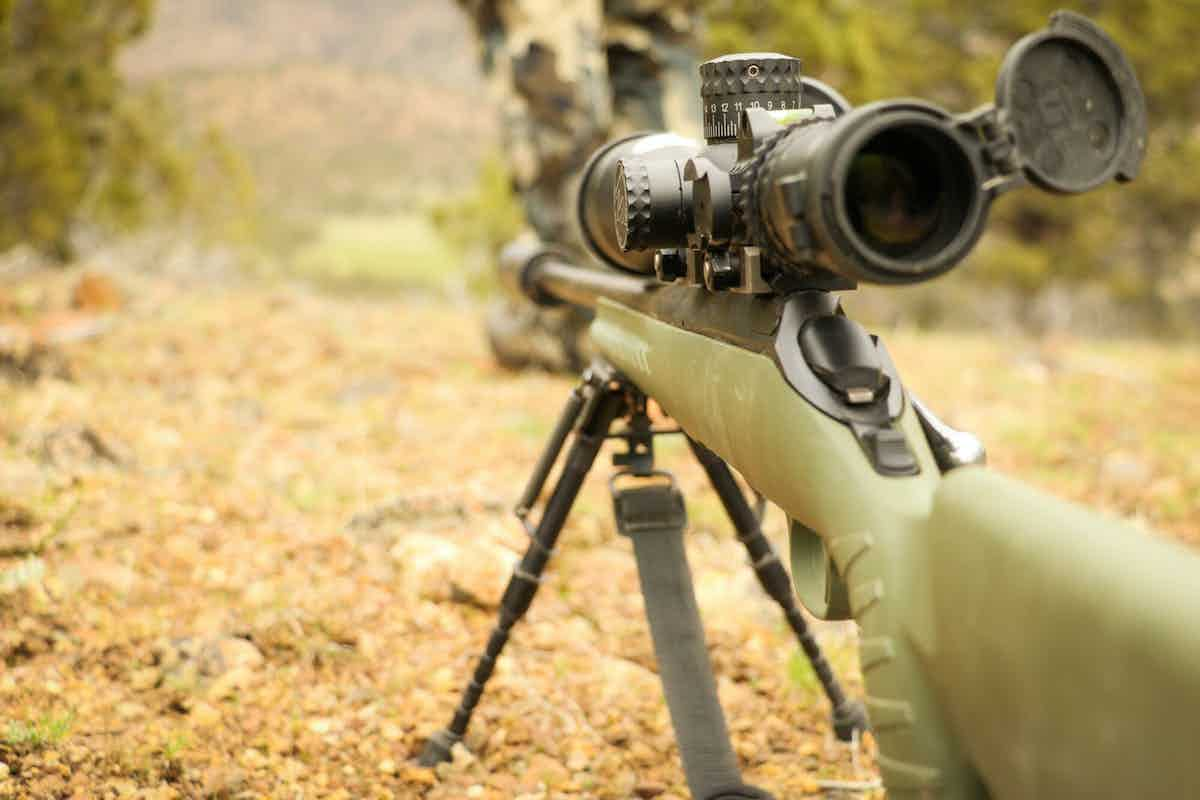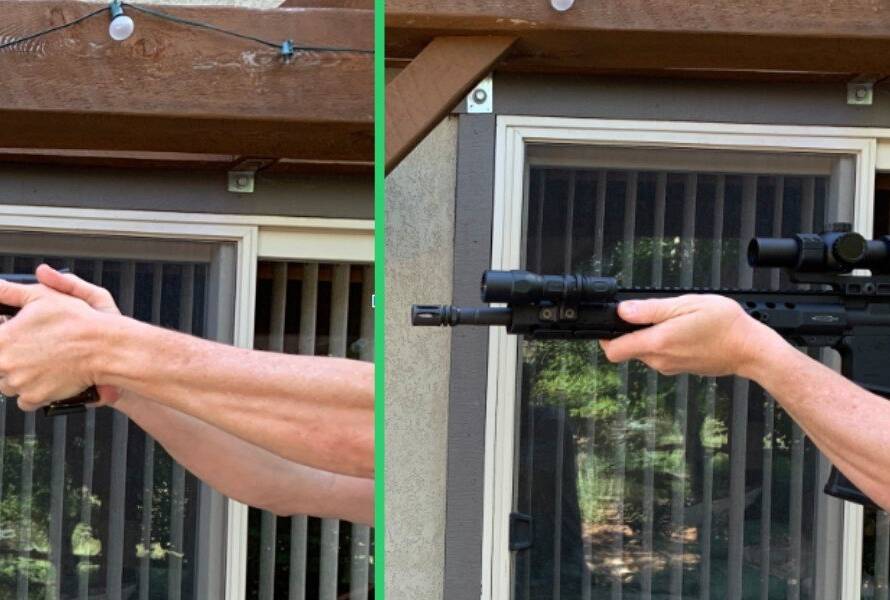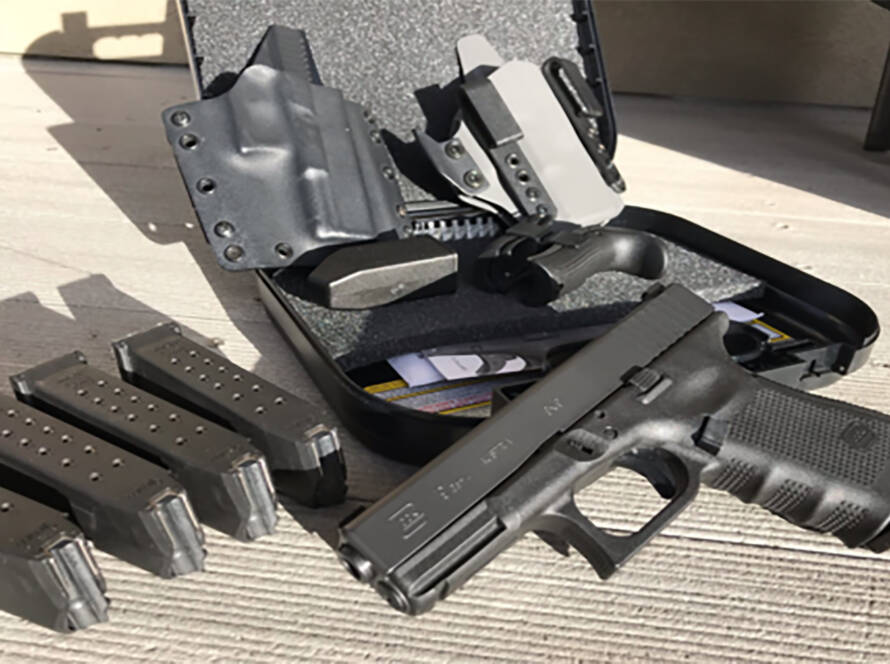It’s estimated that roughly 11.5 million people in the United States regularly hunt. Different types of hunting will require different types of firearms and optics. However, most medium and big-game-sized animals will require fairly long-range capable rifles.
And, if you want to have any hope of hitting animals at a distance, you’re going to need to invest in a good scope. Sadly, finding a quality scope can be easier said than done.
So what should you look for when searching for the best hunting scopes? And where should you be shopping for them? In this guide, we’ll be answering these questions so you can find the best scope for your needs.
Why You Should Invest in a Good Hunting Scope
If you’ve been hunting with a cheap scope, you’ve likely noticed that you’re not as accurate as you want to be. That’s because the clarity on poor scopes decreases significantly when you’re a long distance away.
And you can’t hit what you can’t see. So one of the biggest reasons to invest in a good hunting scope is to improve your accuracy. With a better view of the target, you can more accurately line up your shot.
Other benefits include a longer shooting range, better low-light vision, added comfort when shooting, and extra features that can help you compensate for factors like wind and elevation.
Factors to Consider When Choosing the Best Hunting Scopes
There’s a big difference between buying a rifle scope in person vs online.
Typically, when shopping in person, you’ll have access to a sales assistant who can possibly answer your questions. Since you typically lack this online, we recommend knowing these five areas when buying gun scopes online.
To get the best possible scope for your hunting, you need to look at various aspects of the technical specs. Unfortunately, even experienced hunters can struggle with making sense of things like magnification, objective lenses, and MOA/MRAD adjustments.
So in this section, we’ll explore how these things can affect your scope’s performance when hunting.
- Your Budget
There’s a reason why the rifle scope market is expected to be worth $1,193.6 million by the year 2028. Rifle scopes can get expensive quickly. That’s why it’s important to establish a budget early on in your buying process.
That way, you don’t go overboard purchasing something that you can’t afford. So, how much should you spend on your rifle scope? The answer is the most that you can afford.
Scopes tend to cost between $100 to $3,000. With a lot of hunting gear, more money doesn’t necessarily translate to better quality. However, that’s usually not the case with rifle scopes.
With scopes, a higher price tag will typically bring features that can drastically improve your performance. So if you’ve invested money into your rifle, it makes sense to also put some cash into your scope. That way, the performance of your firearm isn’t hindered by a subpar optic.
- Scope Magnification
When it comes to scope magnification, many new hunters tend to assume that more is better. However, this isn’t always the case. A higher magnification will indeed result in more scope power with a longer distance of sight – but that’s not always a good thing.
A 4x magnification scope is usually enough to make speedy shots at a short distance. What’s more, less magnification keeps your sight picture more steady.
When you have a high magnification (like 24x), every small breath and muscle beat will cause your crosshairs to shake. This can make it more unnerving to place your shot.
So factor in the distance you’ll be shooting. If you don’t plan on shooting more than two hundred yards, we recommend sticking with 9X magnification.
However, if you want to shoot three hundred or more yards away, then it makes sense to up your magnification to x12 or x24. Variable magnification is a great way to get the best of both worlds for different hunting seasons.
- The Objective Lens
The objective lens is the part of a scope that faces toward your barrel. The larger the objective lens is, the more light it will let into the scope. Generally, the larger the objective lens, the wider your field of view will be with the scope.
There are three popular sizes of objective lenses: 42 mm, 50 mm, and 56 mm. Some hunters like the 42 mm scopes because they’re light and compact. Others prefer the 56 mm scopes because they provide a much wider field of view.
However, generally speaking, we recommend the 50 mm for hunting purposes. With the 42 mm scope, you trade a compact size for less field of view.
The 56 mm scope, on the other hand, does provide a little more field of view, but it’s also much heavier than other scopes. That’s why we feel that the 50 mm objective lens hits the sweet spot between the two.
- Preferred Reticle
In the past, ballistic reticles usually came in one style. However, these days, there are hundreds of different configurations. The right reticle for you will depend on both the type of hunting you’re doing as well as your personal preferences.
The most popular type of reticle, both in the past and present, is the duplex reticle. This is likely the picture in your head when you imagine a scope. It features a simple, bare-bones crosshair.
If you’re a beginner, this is usually the type of reticle you want to start with. As long as you know roughly what type of bullet drop will occur with your rifle’s ballistics, you can easily hit targets at many different range types.
Another popular type of reticle is the BDC. This type of reticle features a central crosshair, followed by three or more smaller horizontal marks. These marks are meant to displace where the bullet will land at a certain distance.
However, you will need to tune the scope to the specific caliber of your rifle. An MOA reticle operates in the same way as a BDC. The difference is that instead of little ticks, it provides detailed information on the elevation drop for your bullet.
Typically, understanding these readings requires an MOA cheat sheet on the side of your rifle. It’s a bit advanced for the average hunter. However, if you’re taking shots at over three hundred yards, it makes sense to invest in learning the technicalities.
- Lens Coating
The coating on your lens is important because it’s responsible for letting in more light transmission, which can improve the brightness and clarity of your shot.
There are four main options when it comes to lens coatings: coated, fully-coated, multi-coated, and fully multi-coated. With a coated option, only one layer of glass has a single coat. Full-coated means that each piece of external glass has a single layer.
As you might guess, the multi-coated option applies multiple layers to a single side. The fully multi-coated option (which is by far the most expensive) applies multiple layers to both sides.
When it comes to lens coating, you should get any option other than coated. What’s more important is the quality of glass that comes with your scope.
- Does It Resist Dirt?
If you’re out hunting, your firearm and scope will likely get dirty. Unfortunately, a dirty scope is one of the main things that can impact your accuracy and precision.
When you get dirt on your scope, it can smudge the image, resulting in a less clear shot. The problem is scopes are incredibly fragile when being cleaned. Even when you use an ultra-soft microfiber towel, you still stand the risk of scratching the lens.
That’s why it’s important to look for scopes that resist dirt, water, and other materials. If you need to clean your scope, consider using compressed air. A soft lens brush is also good in a pinch. However, you should only be cleaning your scope if it needs it.
How to Save Money on Your Hunting Scope
At the start, we mentioned how expensive a good hunting scope can be. If the scope you want isn’t in your price range, there are some things you can do to afford it.
Notably, you can shop from a used scope provider. The biggest benefit to doing this is the scopes are much more affordable. However, there are also a lot of additional benefits that come when you shop for used scopes.
Generally, you’ll have more options, and the scopes for sale have been field-tested by professionals. Just keep in mind that this is only true if you purchase from a qualified seller.
Ready to Find the Best Hunting Scopes? Shop At RKB Armory
We hope this guide helped you find the best hunting scopes for your needs. Here at RKB Armory, we noticed a need in the gun accessory market. We found that buyers were having trouble finding quality used optics.
So we started this company to address this need. Whenever we get a used scope or optic from a seller, we ensure that it meets our standards of quality.
That means that you not only get an excellent product, but you save money doing so. If you’re ready to find the perfect hunting scope, shop through our extensive collection of rifle optics today.





